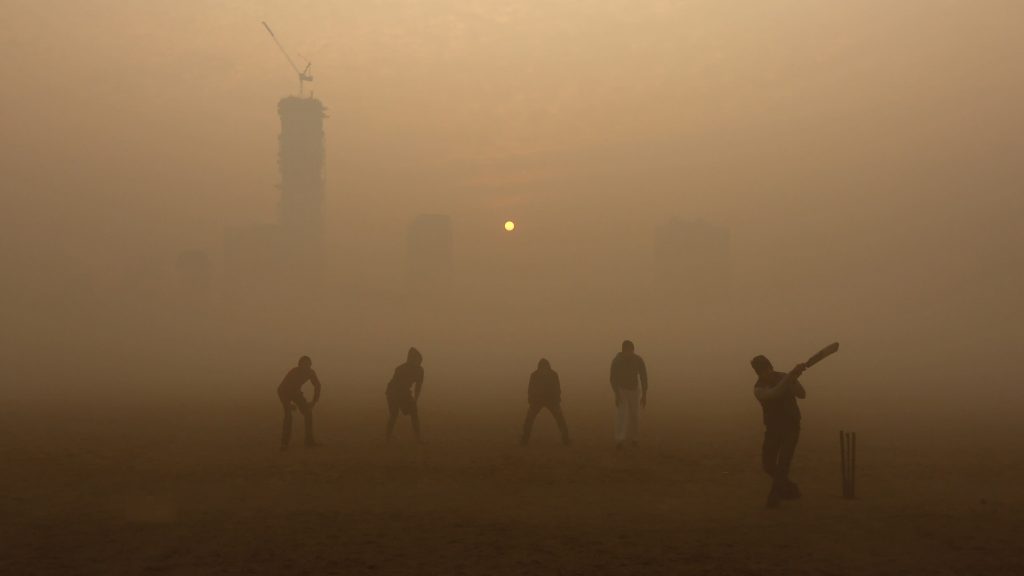Parents, take note. If your child is exposed to air pollution, they may have a decline in thinking skills in later life, a study suggests.
The study indicates that greater exposure to air pollution at the very start of life was associated with a detrimental effect on people’s cognitive skills up to 60 years later.
“For the first time we have shown the effect that exposure to air pollution very early in life could have on the brain many decades later,” said co-author Tom Russ from the University of Edinburgh.
“This is the first step towards understanding the harmful effects of air pollution on the brain and could help reduce the risk of dementia for future generations,” Russ added.
For the study, published in the Journal of Alzheimer’s Disease, the researchers tested the general intelligence of more than 500 people, who were a part of Lothian Birth Cohort 1936 study, aged approximately 70 years using a test they had all completed at the age of 11 years.
The test was repeated at the ages of 76 and 79 years.
And, a record of where each person had lived throughout their life was used to estimate the level of air pollution they had experienced in their early years.
The findings showed exposure to air pollution in childhood had a small but detectable association with worse cognitive change between the ages of 11 and 70 years.
This study shows it is possible to estimate historical air pollution and explore how this relates to cognitive ability throughout life, the researchers said.
Researchers say until now it has not been possible to explore the impact of early exposure to air pollution on thinking skills in later life because of a lack of data on air pollution levels before the 1990s when routine monitoring began.
For this study, the team used a model called the EMEP4UK atmospheric chemistry transport model to determine pollution levels — known as historical fine particulate matter (PM2.5) concentrations — for the years 1935, 1950, 1970, 1980, and 1990.
They combined these historical findings with contemporary modelled data from 2001 to estimate life course exposure.
IANS

